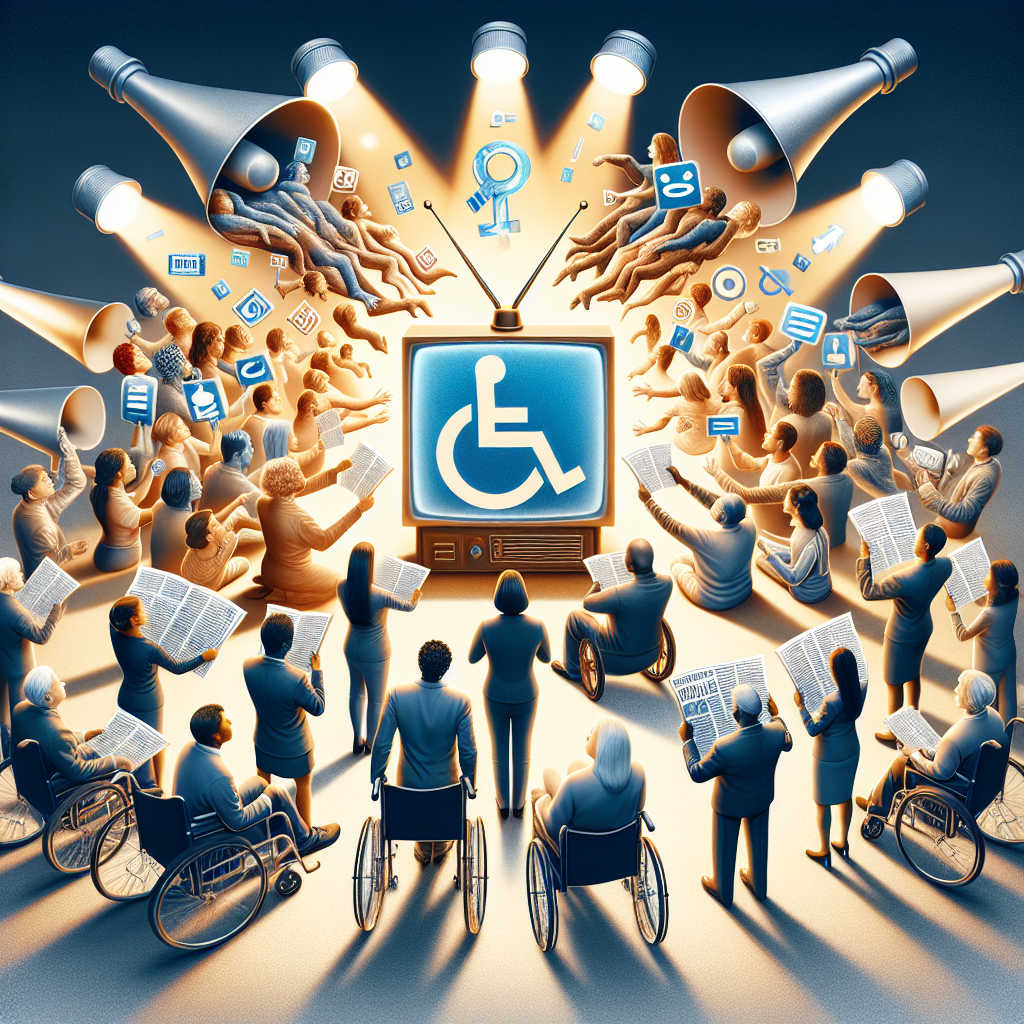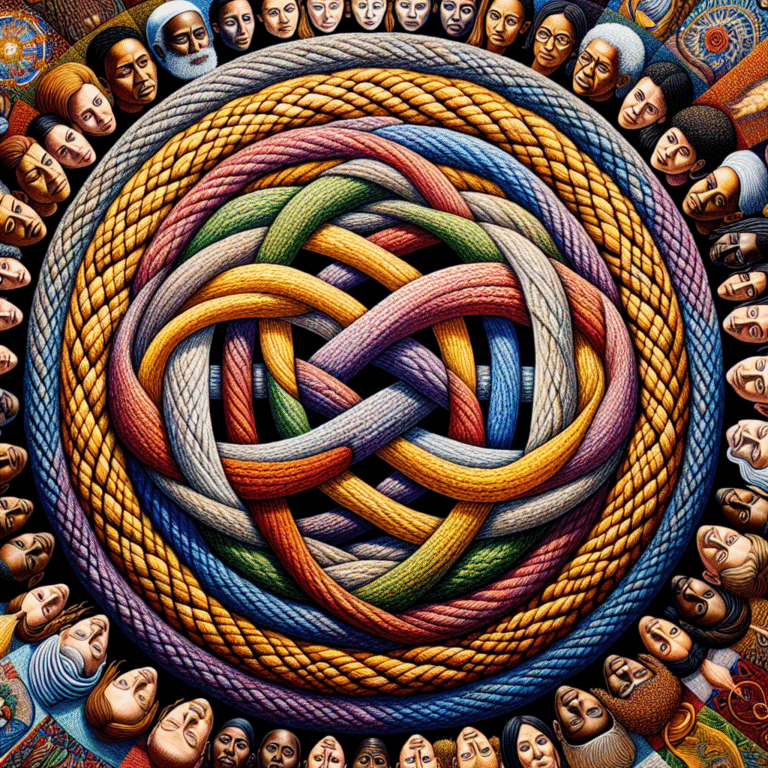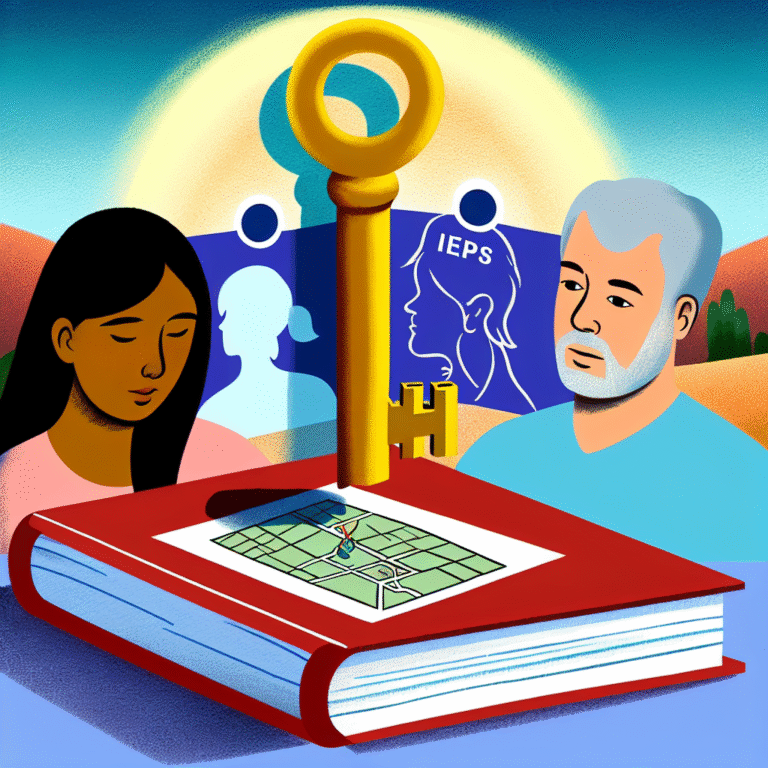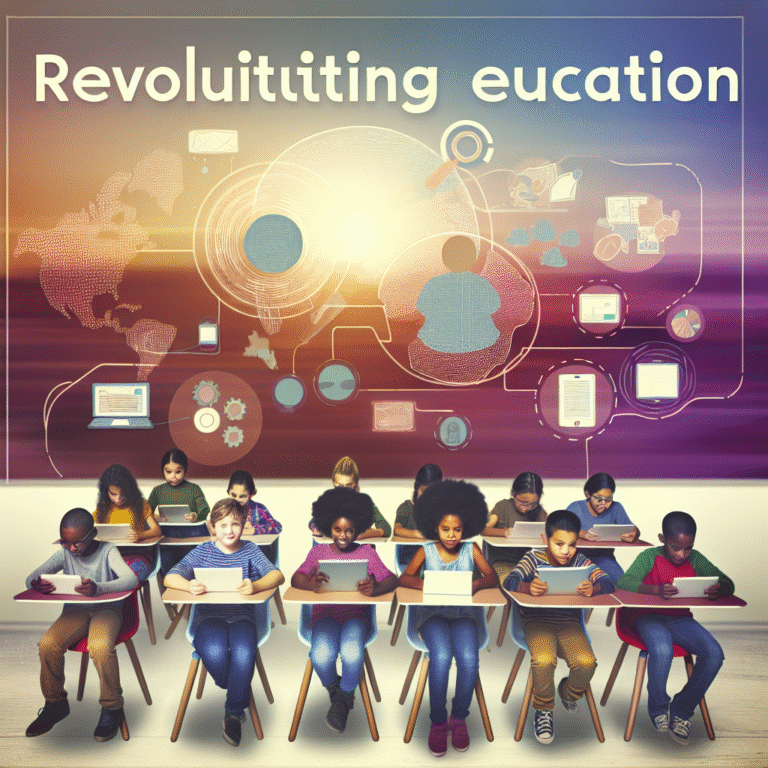
Introduction
In a world where every narrative is crafted and interpreted through the lenses of media, the portrayal of disability rights becomes a vital topic. What we see, hear, and engage with shapes our thoughts and opinions, thereby influencing societal attitudes. Thus emerges the intriguing question: what is the role of media in shaping public perception of disability rights? This guide dives deep into this critical intersection of media and disability advocacy, exploring how media—not just news outlets but also social platforms, films, and advertisements—plays an instrumental role in influencing perceptions and outcomes in disability rights activism.
Understanding Media’s Influence
The media landscape is a multifaceted web, comprising traditional and digital platforms that significantly impact public opinion. There is a relentless interaction between media representation and societal attitudes. The narrative crafted around disability can empower advocacy but can also inadvertently reinforce stereotypes.
The Changing Narrative Through Time
Historically, representations of disability have been steeped in stigma. Characters with disabilities were often depicted as sidekicks or objects of pity. Fast forward to the present day, and those portrayals are gradually evolving. Shows like Speechless and movies like The Intouchables offer nuanced characters who exhibit depth, warmth, and complexity. This shift leads to a richer understanding of the broad spectrum of human experiences, thus encouraging a more compassionate society.
Case Studies: Media Representations of Disability Rights
1. The Representation in Television
Key Example: The Good Doctor
In The Good Doctor, Dr. Shaun Murphy, a surgical resident with autism, is not defined solely by his disability. Instead, he showcases exceptional skills that challenge societal norms. The show’s success has sparked discussions on the importance of representation, illustrating how the role of media in shaping public perception of disability rights can promote understanding and acceptance.
Analysis: By focusing on Shaun’s abilities rather than his disabilities, the series fosters a narrative that encourages audiences to question preconceived notions about individuals with disabilities.
2. The Impact of Social Media Campaigns
Key Example: #DisabilityToo
The #DisabilityToo campaign is a poignant instance of how social media can galvanize support and awareness for disability rights. Users share personal stories, experiences of discrimination, and calls to action, effectively shaping public discourse around disability.
Analysis: Harnessing the power of platforms like Twitter and Instagram allows individuals and organizations to reach a broader audience, thereby enhancing awareness and advocating for systemic change. This emphasizes the role of media in shaping public perception of disability rights by giving voice to the marginalized.
3. Advertising and Disability Representation
Key Example: AXE Campaign Featuring Disabled Models
In a groundbreaking move, AXE showcased models with disabilities in their advertisements, thereby challenging conventional beauty standards. This not only changes the aesthetic of advertising but also aligns the brand with inclusivity.
Analysis: By normalizing the presence of individuals with disabilities in everyday scenarios, advertising plays a significant role in reshaping perceptions. It challenges societal norms and broadens the definition of what is considered beautiful, marking a pivotal moment in the role of media in shaping public perception of disability rights.
The Role of Media in Advocacy: Key Features
1. Awareness and Education
One of the foremost roles of media is to educate the public. Through insightful documentaries, articles, and social media content, media serves as a platform that informs the public about the complexities surrounding disability rights.
2. Engagement and Dialogue
The media fosters dialogue. By provoking discussions about disability, media encourages society to engage with these issues, moving beyond ignorance and into a realm of understanding.
3. Policy Influence
Media coverage can influence policy decisions. For instance, extensive media reporting on accessibility issues in public spaces has led to legislative changes in various countries. Therefore, it becomes clear how the role of media in shaping public perception of disability rights goes beyond mere representation to effect real change.
4. Counteracting Stereotypes
Media has the capacity to counter stereotypes. By showcasing diverse narratives, media can dismantle harmful preconceptions and promote a more nuanced understanding of disability.
The Mechanics Behind Successful Representation
Tables and Charts
| Media Type | Impact on Disability Rights | Examples |
|---|---|---|
| Television | Positive character portrayals | The Good Doctor, Atypical |
| Film | Complex storytelling | The Intouchables, Rain Man |
| Social Media | Amplifies voices of activists | #DisabilityToo, #CrippingThePatriarchy |
| Advertising | Challenges societal norms | AXE Campaign including models with disabilities |
Authenticity and Agency
The narratives shared through media must remain authentic. Authenticity fosters a sense of agency among individuals with disabilities, ensuring their stories are told from their perspectives rather than through a lens of pity or voyeurism.
Conclusion
In examining the role of media in shaping public perception of disability rights, it becomes apparent that the media holds significant power to inspire change. Through nuanced representations, informed advocacy, and challenging stereotypes, media continues to forge new paths for the discourse surrounding disability.
As readers and consumers of media, we hold the responsibility to critically engage with the narratives presented to us. By supporting diverse representations and advocating for authenticity, we can actively contribute to a more inclusive society.
FAQs
1. How does media representation affect real-life perceptions of disability?
Media representation directly correlates with societal attitudes. Positive portrayals can foster understanding and acceptance, while negative ones may reinforce stereotypes.
2. What role does social media play in advocacy for disability rights?
Social media allows for a decentralized platform where individuals can share their experiences, mobilize support, and bring awareness to critical issues affecting people with disabilities.
3. Are there examples of successful media campaigns that improved public perceptions of disability?
Yes, campaigns like #DisabilityToo have generated substantial dialogue and awareness regarding disability rights through personal storytelling and community support.
4. How can individuals become advocates for disability rights through media?
Individuals can share their stories, support inclusive policies, engage with campaigns, and promote content representing diverse narratives related to disability.
5. What should brands consider when representing disability in their advertising?
Brands should prioritize authenticity, inclusion, and avoid stereotypes, ensuring that disability representation is genuine and reflective of real experiences.
The journey towards understanding and advocating for disability rights is ongoing, and continuous engagement with media is one of the most powerful tools at our disposal. We can all play a part in fostering a society that embraces and upholds the rights of individuals with disabilities.














